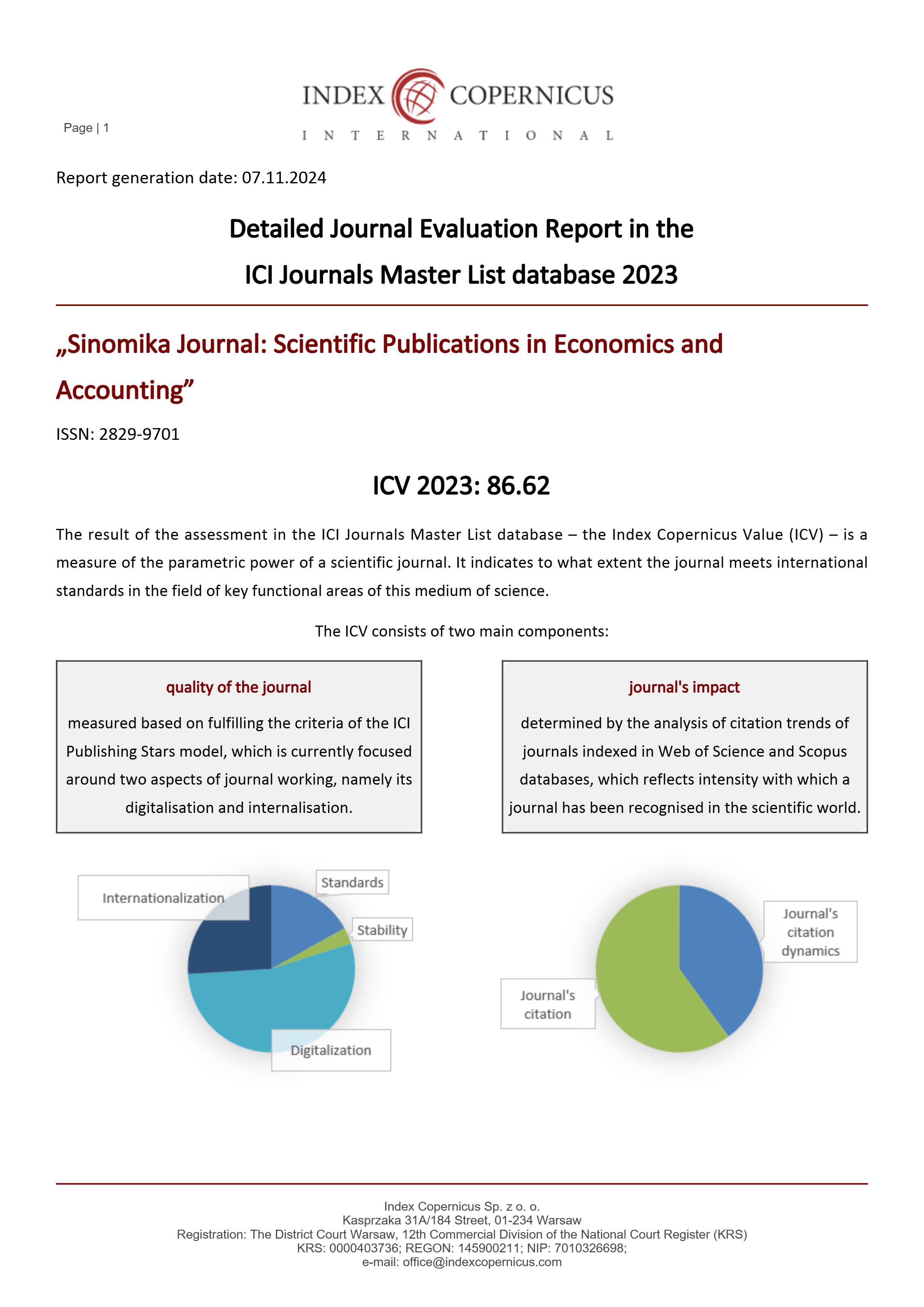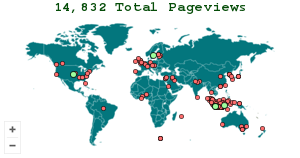The Influence of Work Engagement and Job Satisfaction on Employee Performance with Competence as an Intervening Variable for BPJS Employment Employees in Aceh Province
DOI:
https://doi.org/10.54443/sinomika.v2i3.1512Keywords:
Work Engagement, Job Satisfaction, Competence, Employee PerformanceAbstract
This research aims to determine the effect of Work Engagement and Job Satisfaction on Employee Performance with Competence as an intervening variable. This research uses associative quantitative research. This research was conducted at the Aceh Province BPJS office. The population of this research was 100 employees and the researcher wanted to take all the population as a sample. researchers used a saturated sampling technique to make all employees into the sample, the tool for calculating research results used smart PLS version 3.3.3. data collection techniques by distributing questionnaires and surveys, this research model is path analysis. Based on the results of the research that has been carried out and data analysis as explained in the previous chapter, the following conclusions are presented from the research results as follows: Job Satisfaction has a positive and insignificant effect on Employee Performance, Job Satisfaction has a negative and insignificant effect on Competency, Competency has a positive and significant effect on Employee Performance, Work Engagement has an insignificant negative effect on Employee Performance, Work Engagement has an insignificant positive effect on Competency, Job Satisfaction has an insignificant negative effect on Employee Performance through Competency, Work Engagement has an insignificant positive effect on Employee Performance through Competency.
Downloads
References
Alfiansyah, I., & Nasution, I. (2023). Potensi Pengembangan Wilayah di Kabupaten Gayo Lues Provinsi Aceh. Ekonomikawan: Jurnal Ilmu Ekonomi dan Studi Pembangunan, 23(1), 192-200.
Bakker, Arnold. B., & Evangelia, Demerouti. (2007). The Job-Demands-Resources model: state of the art. Journal of Managerial Psychology Vol.22, No.3, pp. 309-328.
Bakker, A.B & Leiter, M.P. (2010). Work engagement: a handbook of essential theory and research. New York: Psychology Press.
Ghozali, Imam. (2013). Structural Equation Modeling Metode Alternatif dengan Partial Least Square (PLS) Edisi 4. Universitas Diponegoro, Semarang.
Hair, J. F. et. al. 2017. A Primer on Partial Least Squares Structural Equation Modeling (PLS-SEM). SAGE Publications, Los Angeles.
Lindawati, L., Alfiansyah, I., & Madiyoh, A. Analysis of Coconut (Cocos Nucifera L) Commodities Based on Land Suitability in the Pining District of Gayo Lues. JURNAL GEOGRAFI, 15(2), 272-280.
Mangkunegara, A. A. Anwar Prabu. 2016. Manajemen Sumber Daya Manusia Perusahaan, PT. Remaja Rosdakarya, Bandung
Nurhayati. (2016). Meningkatkan Hasil Belajar Matematika Siswa Melalui Model Pembelajaran Berbasis Masalah dengan Penilaian Fortofolio di SMPN 10 Gorontalo. Medan: Tidak diterbitkan.
Ranupandojo. 2014. Manajemen Sumber Daya Manusia. BPFE, Yogyakarta.
Robbin & Judge. 2015. Perilaku Organisasi Edisi 16. Jakarta. Salemba Empat.
Robbins, Stephen P. and Mary Coulter. 2016. Manajemen, Jilid 1 Edisi 13, Alih Bahasa: Bob Sabran Dan Devri Bardani P, Erlangga, Jakarta.Schaufeli, W.B., & Bakker, A.B. 2004. Job demands, job resources, and their relationship with burnout and engagement: Amulti-sample study. Journal of Organizational Behavior, 25, 293-315.
Spencer and Spencer. (2013). Competence At Work: Model For Superior Peformance. John Wiley And Sons, Inc.
Sekaran, Uma. 2014. Metodologi Penelitian Untuk Bisnis (Research Methods for Business) Buku 1 Edisi 4. Jakarta: Salemba Empat.
Simanjuntak, 2015, Manajemen dan Evaluasi Kinerja, Jakarta: Lembaga Penerbit Fakultas Ekonomi UI.
Sugiyono. 2013. Metode Penelitian Pendidikan Pendekatan Kuantitatif, Kualitatif, dan R&D. Bandung: Alfabeta.
Subari, Subari and Hanes Riady, 2015, Influence of training, competence and motivation on employee performance, moderated by internal communication. American Journal of Business and Management. Vol. 4 No. 3
Wibowo. (2014). Manajemen Kinerja. Edisi Keempat. Jakarta: Rajawali Pers.
Downloads
Published
How to Cite
Issue
Section
License
Copyright (c) 2023 Erfira Roza Fonna, Kiki Farida Ferine

This work is licensed under a Creative Commons Attribution 4.0 International License.

























